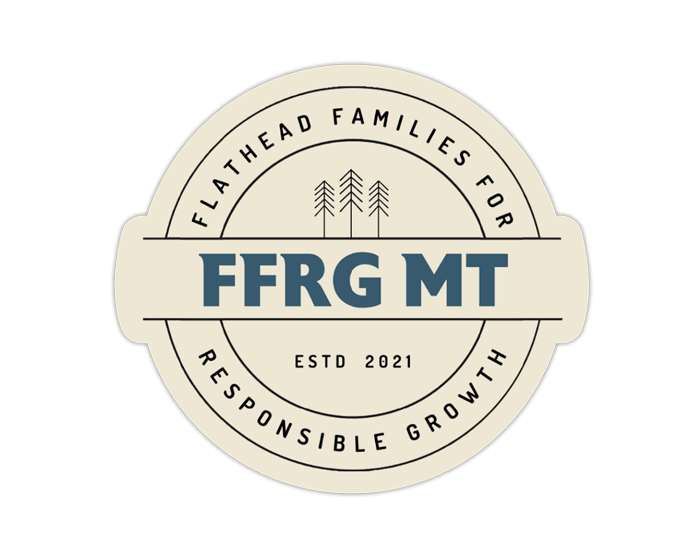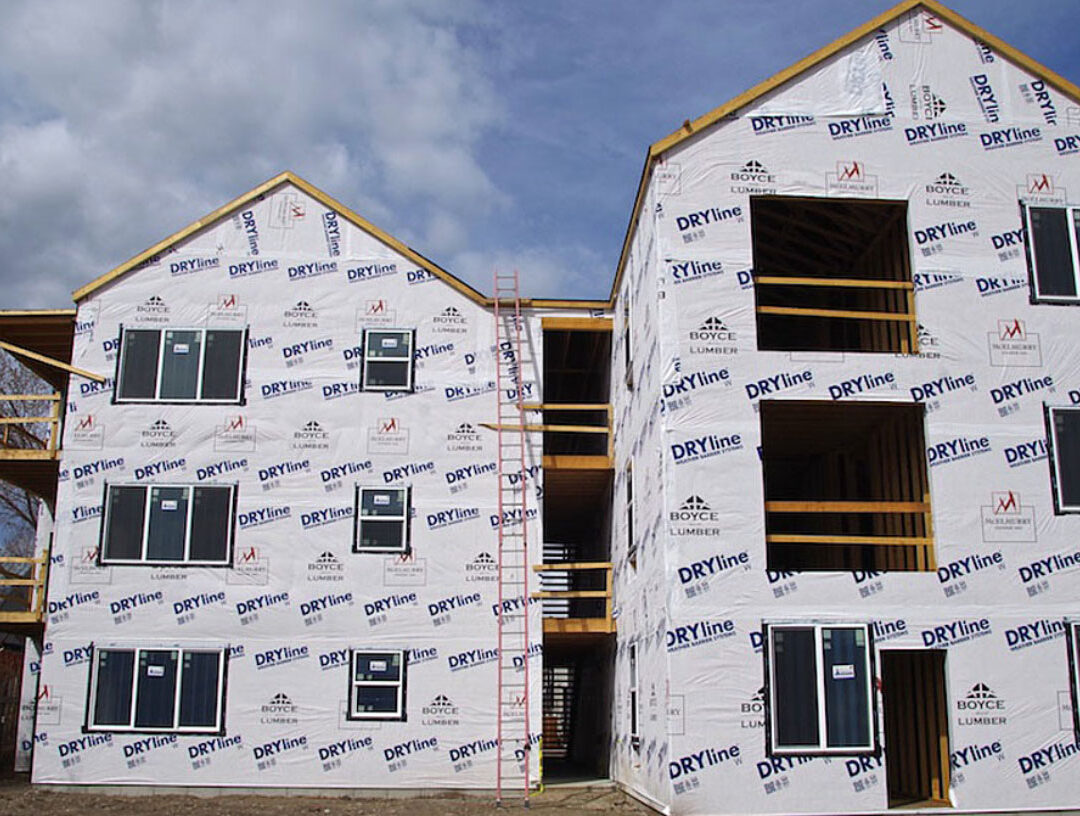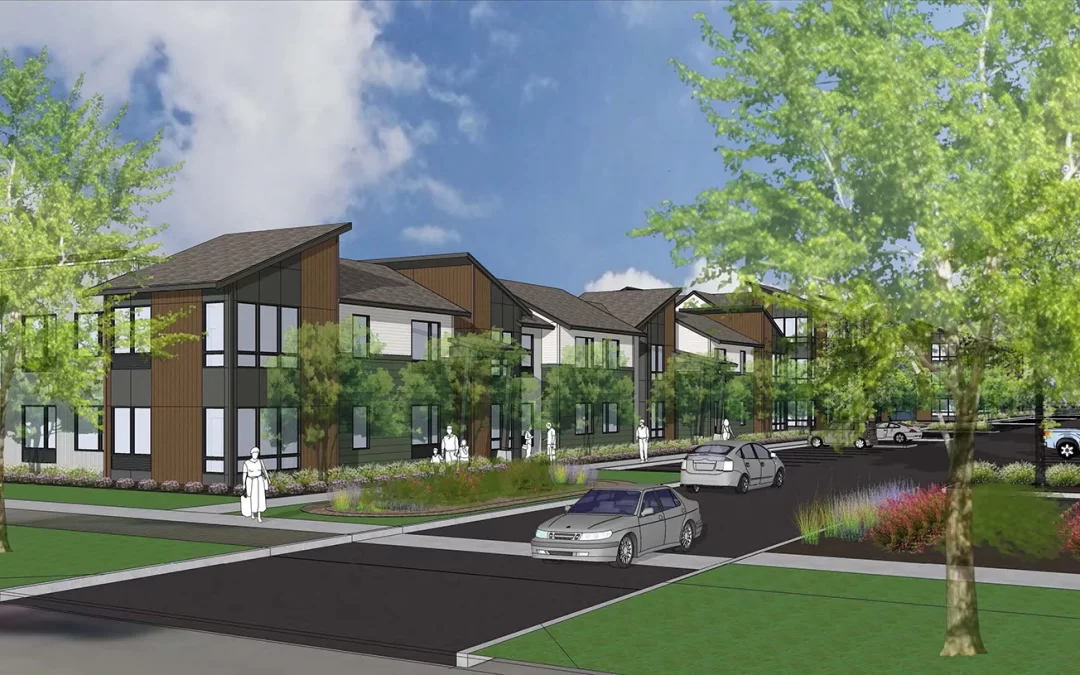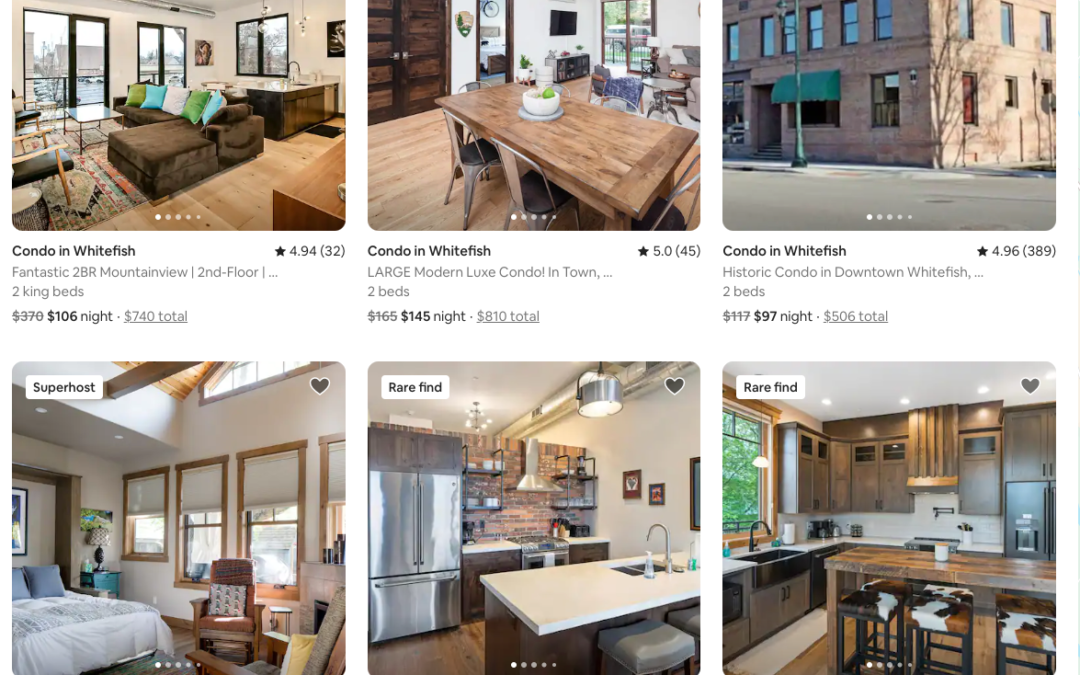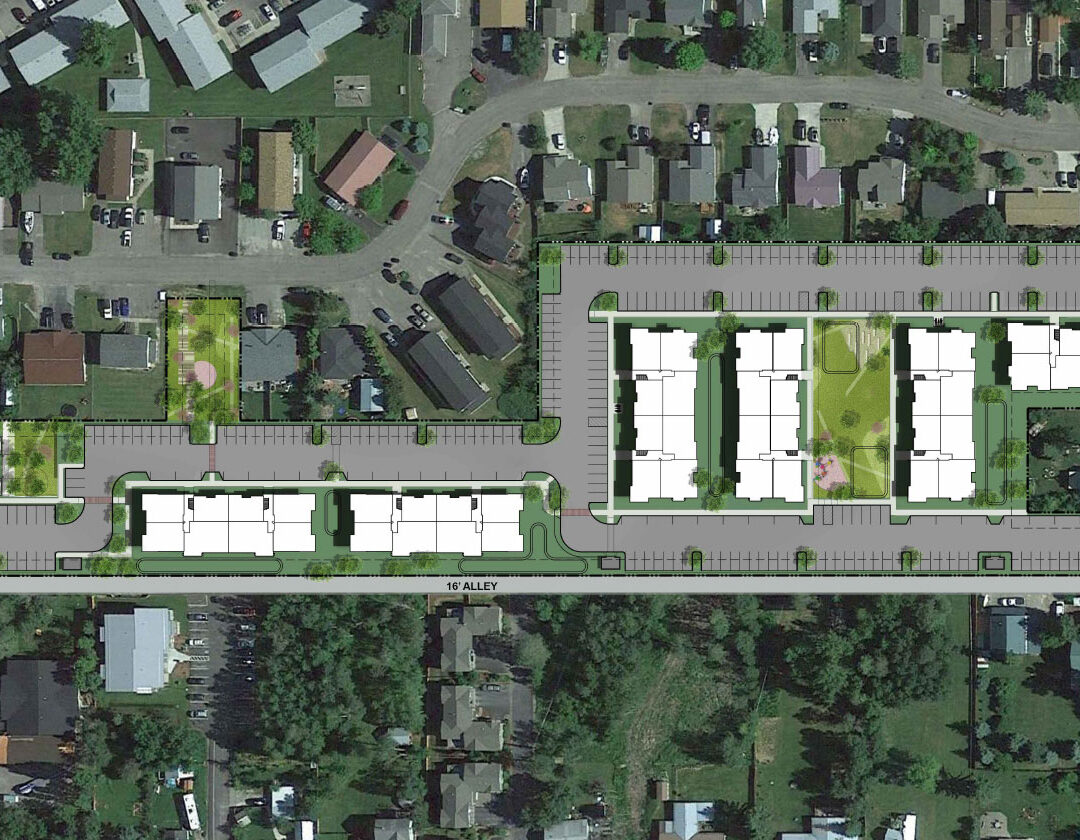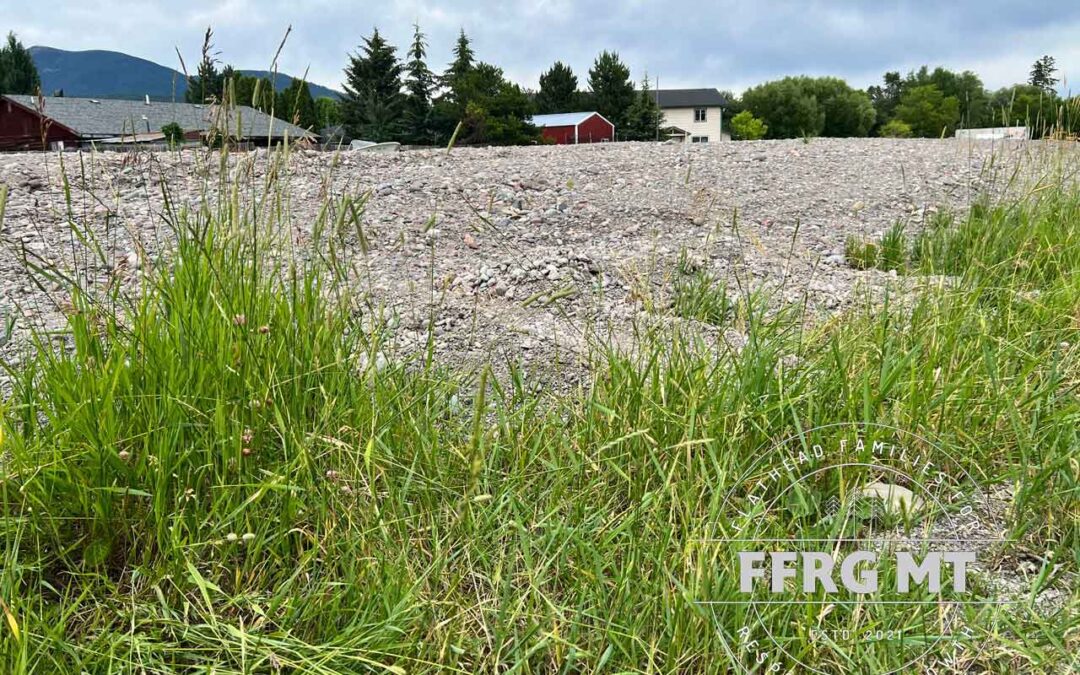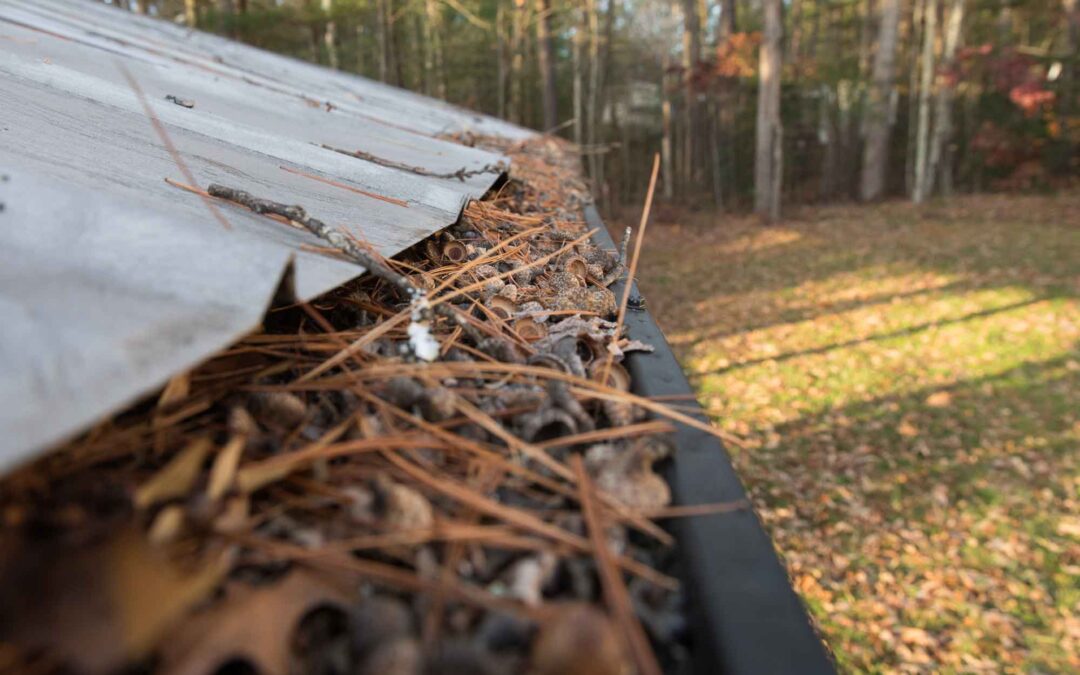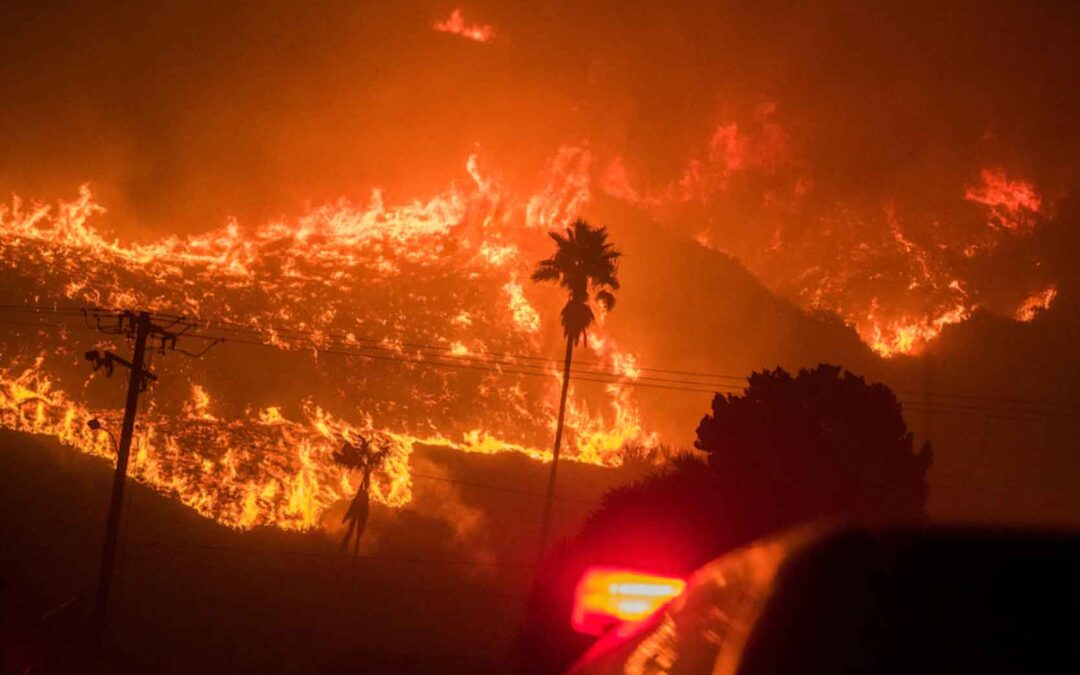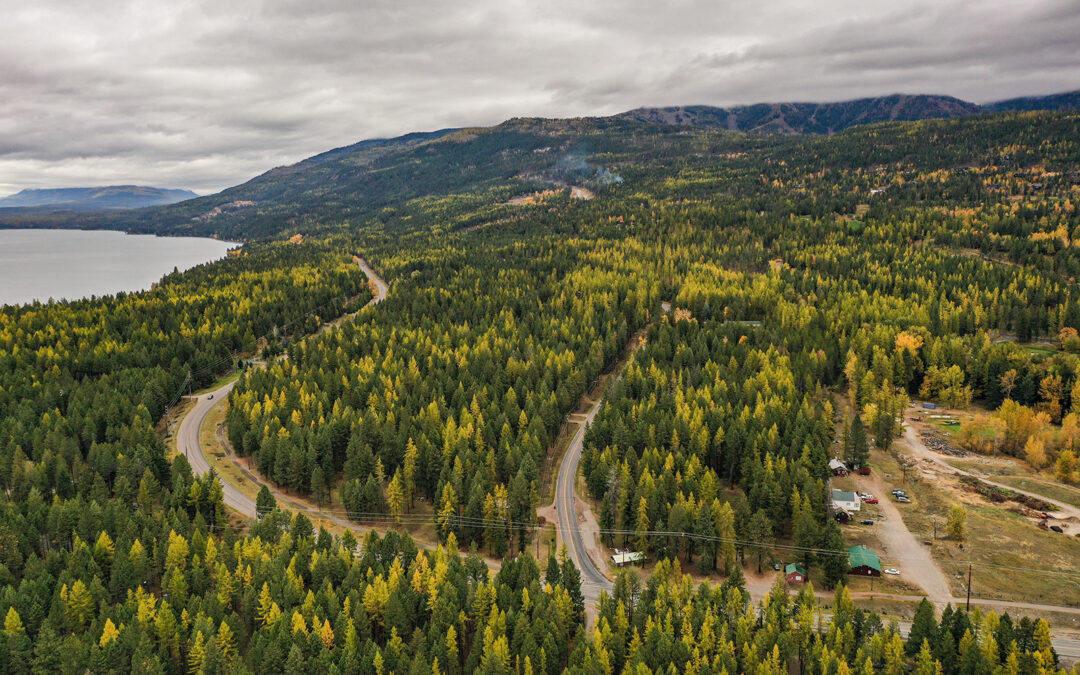The Vail Town Council finalized its agreement with Triumph Development earlier this month for the redevelopment of the Timber Ridge Village apartments in West Vail.
The project — with an estimated $165 million price tag — is the largest capital project that the town has ever undertaken, according to Vail Mayor Kim Langmaid. Additionally, through a unique private-public partnership model that will allow local businesses to buy into the project, it represents a new path forward for creating workforce housing.
George Ruther, the town’s housing director, said that the project and development agreement achieves the town’s goals and objectives around housing in numerous ways. First, it “seizes the housing opportunity that’s been afforded by more than doubling the number of deed-restricted homes on this property,” Ruther said.
Currently, Timber Ridge has 96 homes with approximately 196 bedrooms. As contemplated, the redevelopment would bring 288 new homes and 569 bedrooms. Within seven buildings, this would include 56 studios, 50 one-bedroom units, 102 two-bedroom units, 64 three-bedroom units and 16 four-bedroom units. The units will also be available both as for-sale and for-rent homes.
One of the project’s next successes is that 100% of these units will be deed-restricted with the town’s standard deed restriction, Ruther noted. This means that individuals must be employees in Eagle County, working a minimum of 30 hours a week and earning at least 75% of their annual income at a local business.
Additionally, with the seven buildings on site, the redevelopment really “optimizes the use of the site,” Ruther said, noting that it “prioritizes homes over parking.”
One of the ways the town is maximizing the housing opportunity on the site is through the acquisition of a parcel of land adjacent to Timber Ridge. On the southwest corner, the Colorado Department of Transportation owns an approximately half-acre parcel. In order to get a seventh building in the new development, the town is currently working with the state department to purchase the site.
The Colorado Transportation Commission has already granted CDOT approval to sell the site to the town, and now it is working on determining the fair market value to finalize the deal.
Last week, however, Ruther acknowledged that the financing model was the most important part of the development agreement with Triumph.
The model “ensures financial sustainability through the innovative approach of partnering with the business community and the town of Vail providing the seed money to make this project financially feasible,” Ruther said.
Based on current information — which is subject to change as the town and Triumph go through the entitlement process — the redevelopment is targeted to cost approximately $165 million. With the significant price tag, the town and Triumph sought a different way to approach financing.
According to the development agreement, the town will contribute around $49.5 million to purchase the CDOT site as well as seed money for the project to get started on site work, horizontal construction, wet and dry utilities, and the first level of the parking structure podium. Triumph will provide the additional funding amount — estimated at $114 million to complete the construction of the residential development.
However, the town and Triumph are expected to recoup these costs in the sale of the homes to the local business community as well as residents.
In March, the partners reached out to both local businesses and residents to gauge interest in purchasing homes on the site. As a result of the extreme demand, the town and Triumph went forward with allowing businesses to put down a $5,000 deposit for the homes. In just over a week, local businesses reserved 165 of the homes for purchase.
“We always hear the business community saying how much they’re struggling with housing and how, if they could, they would step up. And they truly did step up in a big way,” said Mayor Pro Tem Travis Coggin. “We don’t just have one business, it’s 165 units that are being taken down by nonprofits, for-profits, big, small, across the board and I think when we deliver this, it’s something that just is a big step forward.”
The town itself will acquire an additional 44 homes to provide rental opportunities and the remaining 80 or so will be sold to community members through a lottery process.
Vail is waiting to open up the lottery process to residents.
The lottery is expected to be hosted approximately 4 to 6 months ahead of construction completion and will take the form of other housing lotteries in the town.
“While historically the town has provided significant financial subsidies to invest in these homes to make the deed-restricted housing in the town of Vail possible,” Ruther said. “The best part about this opportunity is it ensures the town’s money comes back so we can roll it into future projects like this.”
“Two-hundred and eighty-eight homes sounds like a lot, and it is, but we have a long way to go when it comes to housing. We’re going to need a lot more money, so this money that’s coming back to the town of Vail through the sale of these homes is going to help us continue to achieve our housing goals going forward.”
One of the long-standing considerations of the town in developing this property is limiting the impact it will have on Timber Ridge’s current residents. Ruther noted that the town is “working to make arrangements to help that transition with some of the existing Timber Ridge residents.”
The development agreement also sets out a construction timeline for the Timber Ridge redevelopment.
Construction would begin in May 2024 and targeting first occupancy by November 2025.
